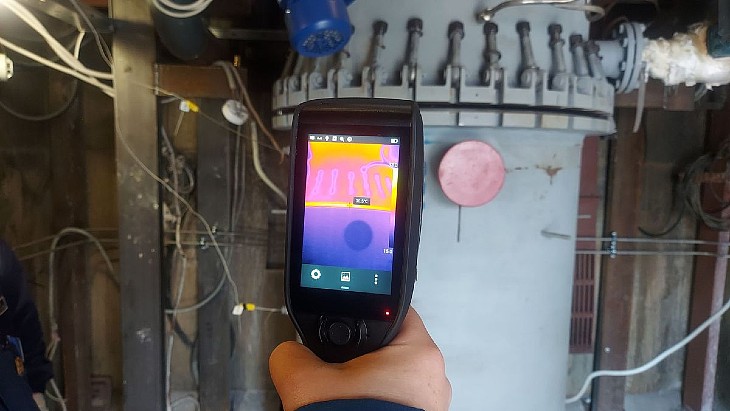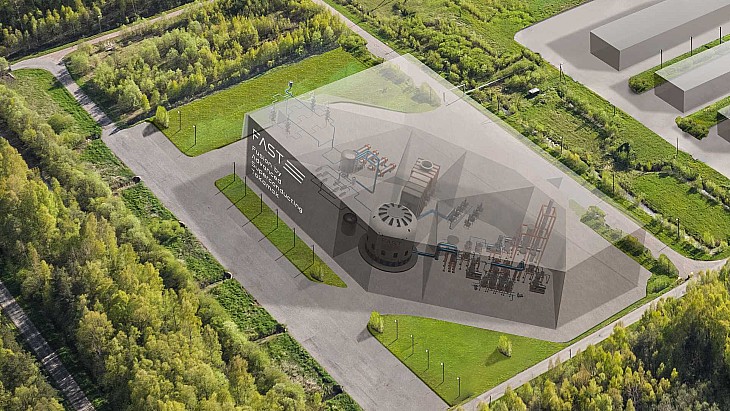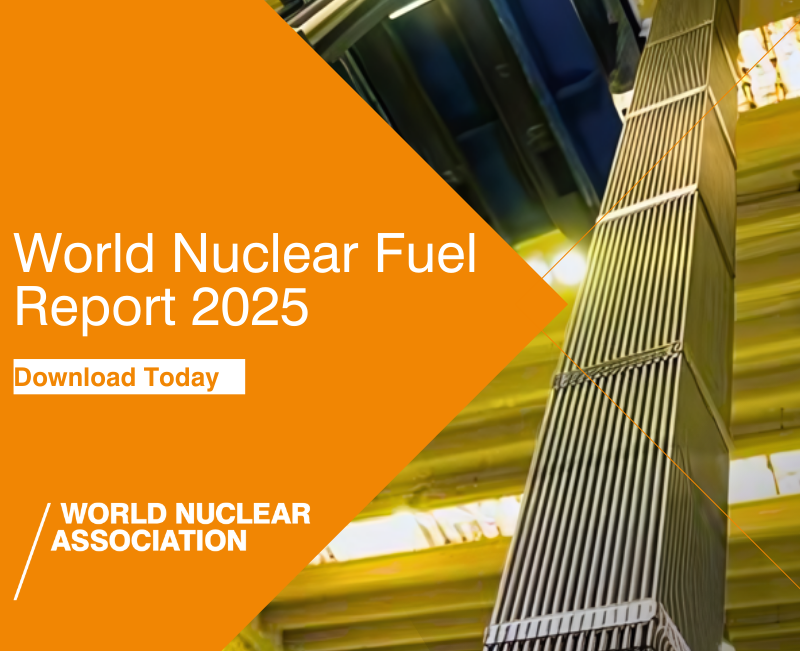The installation operates using solid-phase oxidation technology which, Rosatom says, "allows liquid sodium to be converted into a solid mineral-like product suitable for final disposal. The key advantages of the plant are the absence of gas emissions, explosion and fire safety, and a technological process consisting of only one stage".
It says the use of such technology will allow the safe decommissioning in future years of fast neutron reactors, such as the BOR-60 fast neutron research reactor, as well as the BN-600 and BN-800 power reactors at the Beloyarsk nuclear power plant. It could also be used first in Kazakhstan where decommissioning for the BN-350 fast neutron reactor is currently being implemented, it says.
The technology was developed at the Leypunsky Institute of Physics and Power Engineering for TVEL, which is Rosatom's fuel division.
Andrey Lebezov, Director General Director of the Leypunsky Institute, said: "In the period from 2021 to 2024, specialists from our institute carried out research and development to create a pilot industrial installation 'Mineral-100/150' ... in March 2024, tests were successfully carried out on the installation, which confirms the possibility of scaling up the solid-phase oxidation technology and its application in preparation for decommissioning of nuclear facilities with sodium coolant."
Eduard Nikitin, Director for Decommissioning of Nuclear Facilities and Radioactive Waste Management at TVEL, said: "Our development can be used for the first time during the decommissioning of the BN-350 sodium-cooled reactor in Aktau, Kazakhstan. This reactor facility contains 680 cubic metres of sodium, which can be transferred to a safe state in three to four years without building a new storage facility, using only the existing capacity."





_82983.jpg)
_34792.jpg)
_16403_79272.jpg)


_76087_55556.jpg)



